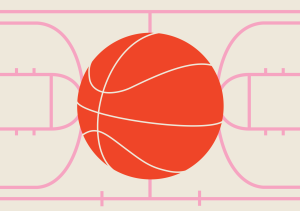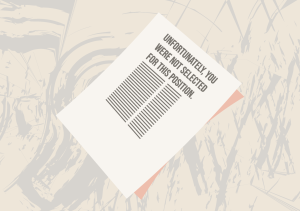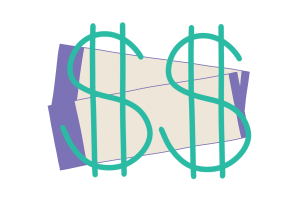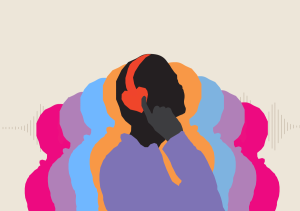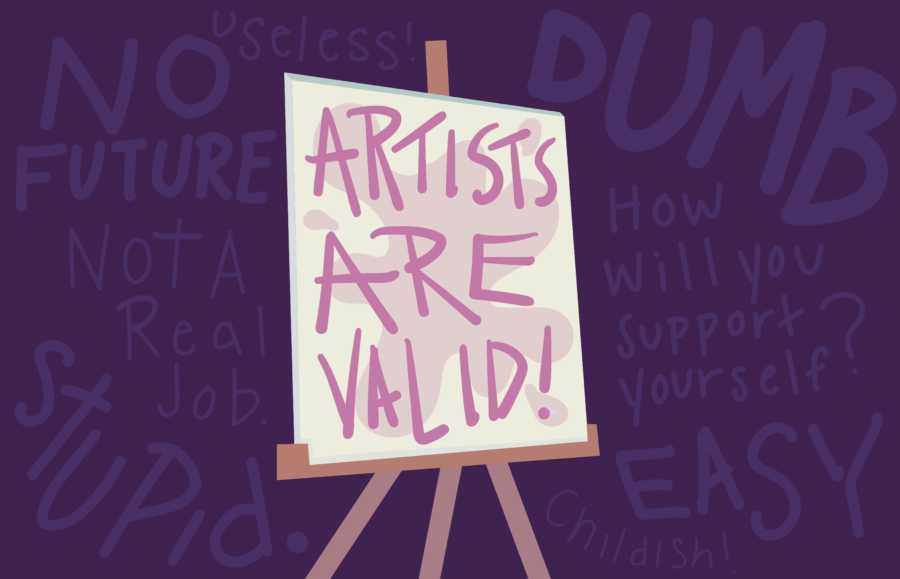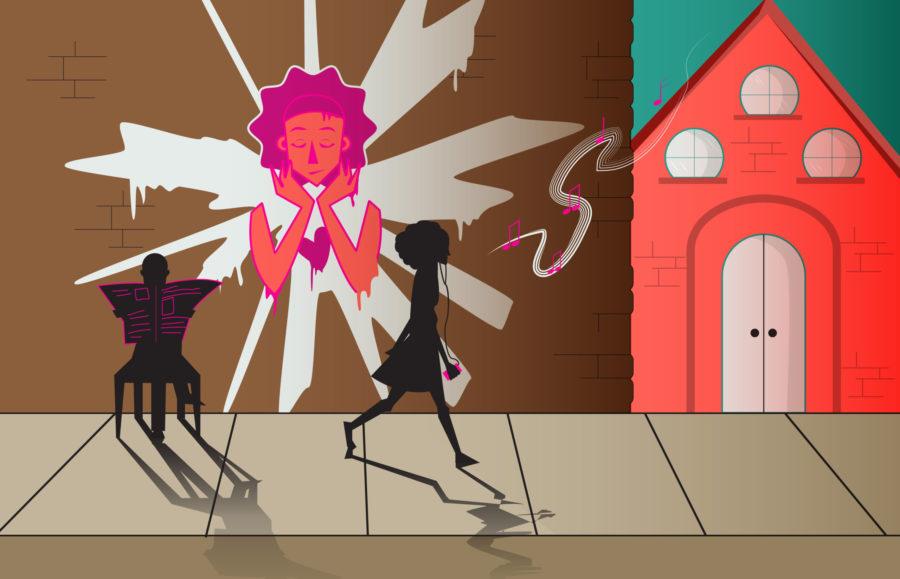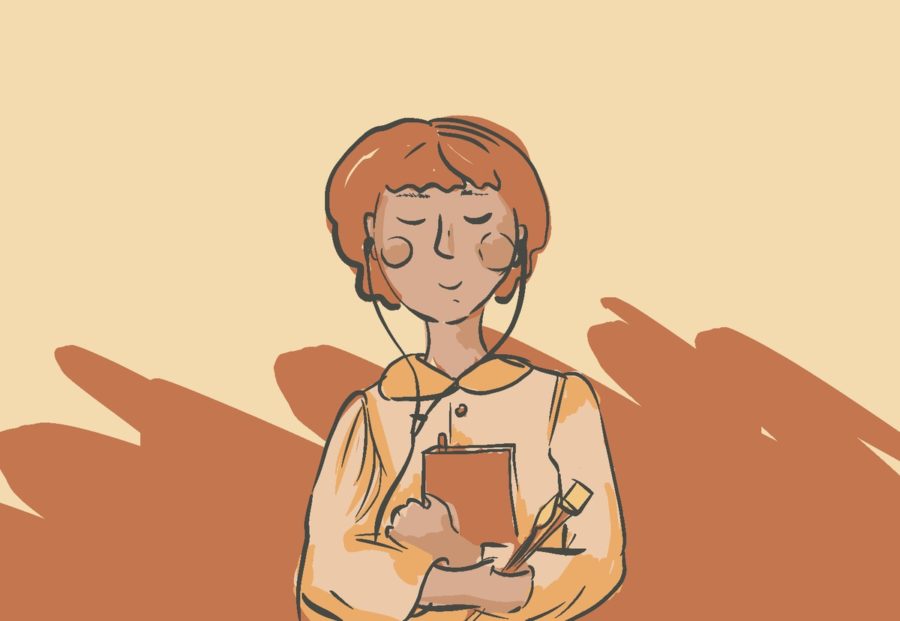Illustration by Samantha Schaffer
An Artist’s POV: Art vs. STEM
What do you consider to be a successful career? I’m willing to bet it is something that society regards as crucial to survival or development such as an IT developer, a surgeon, a researcher, an engineer, etc. However, do you consider dance or graphic design successful choices?
Even the language we use to describe career goals highlights the stigma surrounding this topic: people pursue careers in a STEM field and chase careers in the arts. Why is there such a difference in how we regard STEM and artistic endeavors? Why does art hold a seemingly lesser place in modern society? More importantly, what can we do to change that?
The STEM vs. Art Debate
The push for STEM careers—that is to say, jobs in science, technology, engineering and mathematics—isn’t unfounded. It is true that we need knowledgeable doctors, mathematicians, engineers and technicians. They work to improve quality of life for billions of people around the globe. Accordingly, STEM careers hold a status of great prestige and corresponding income.
Arts careers hold a place on the opposite side of the spectrum. While doctors and engineers are held in high esteem, writers, pianists and dancers often are not. As a dancer myself, I know the pressure that comes with the career choice. Oftentimes, the arts are not lucrative professions, and along with meager expected salary comes a reputation that we are somehow wasting our time on frivolous pursuits that do not add to society in the way that science and technology do. In schools, when budget cuts take place, arts programs are the first to go. According to this mindset, the arts are expendable, nonessential and of lower value than STEM fields.
The Paradox of STEM
The advent of COVID-19 has furthered our need for technology and science. We depend on texts, emails and Zoom calls to keep us connected to each other. We engage in school, work and entertainment remotely through various electronic devices. We wait for a vaccine and heed the advice of medical professionals in order to keep ourselves and our families safe.
Technology especially dominates our world. It seems there are endless pictures to like, emails to read, virtual meetings to attend, calls to return and texts to send. Our devices can be real life savers, but to some extent, we let them control our lives. In a world where we are constantly bombarded with technology, art provides the outlet that we so desperately need.
Why We Need Art
When the pace of modern life is too fast, the news takes a turn for the worse every day or we find ourselves overwhelmed by busy schedules, art is our solace. Whether it be listening to music, dancing, singing, taking pictures, painting, writing or even bingeing an artfully crafted Netflix series, creative activities are a major source of stress relief when times are rough. In this way, art is integral to maintaining mental health. Taking time away from school or work to listen to a favorite song or write a journal entry helps us decompress and sustain a healthy mindset.
Art not only alleviates stress but it connects us to each other and provides an outlet for our emotions, while also providing avenues for change and opening discussions about important issues. Artistic media allow us to express ourselves on difficult topics. Through art, we can represent individual experiences in a way that others understand. It is a way to better understand ourselves and others and to process what is going on in the world around us. Art is what makes us uniquely human.
The Solution
The problem is that there is an imbalance between how we regard STEM careers and how we regard art careers. Just because STEM is important does not mean art is unimportant, but that goes both ways: just because art is important, it does not mean STEM fields are any less important, either. One solution is not to pit the two against each other, as society so often does. Rather, we need to start seeing a fuller picture where the two complement each other. Both STEM and art are necessary for a healthy, balanced and progressive society. In order to reset the scales, we as a society need to actively appreciate the art in our lives and end the stigma surrounding the artists who bring it to us.



